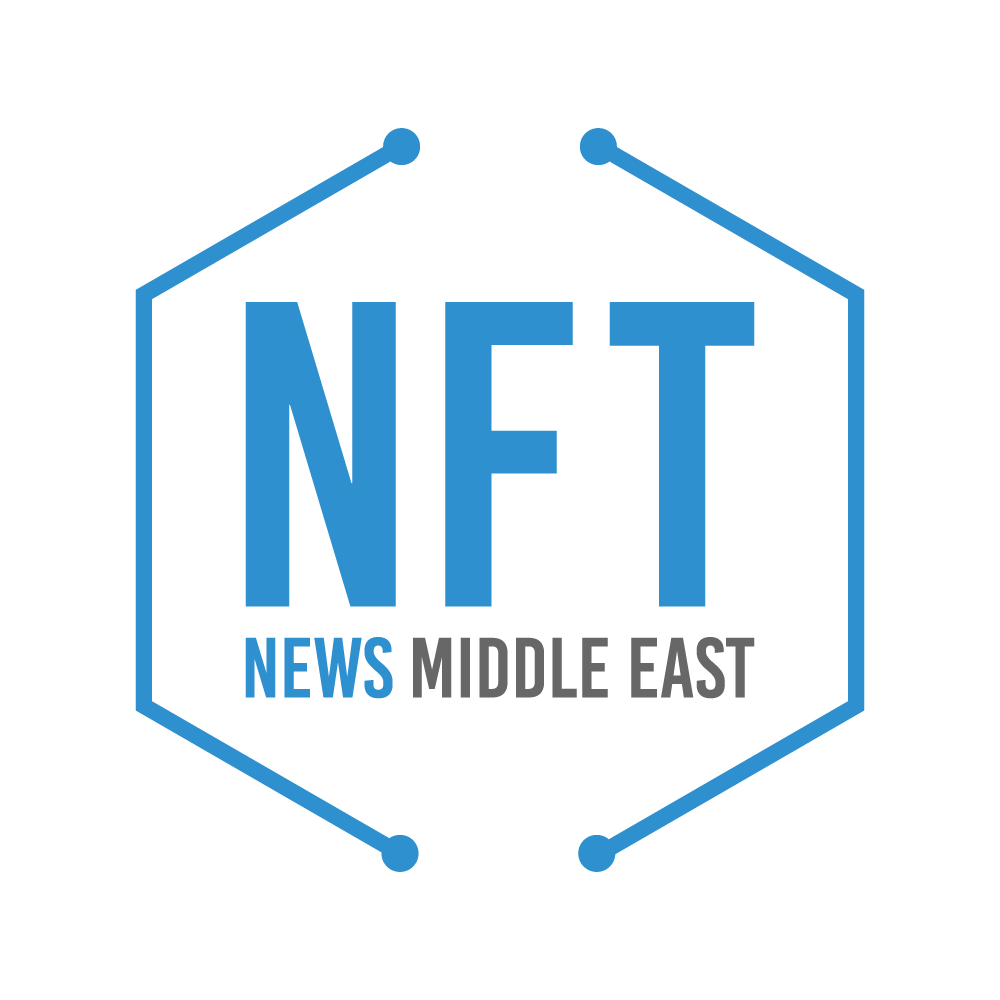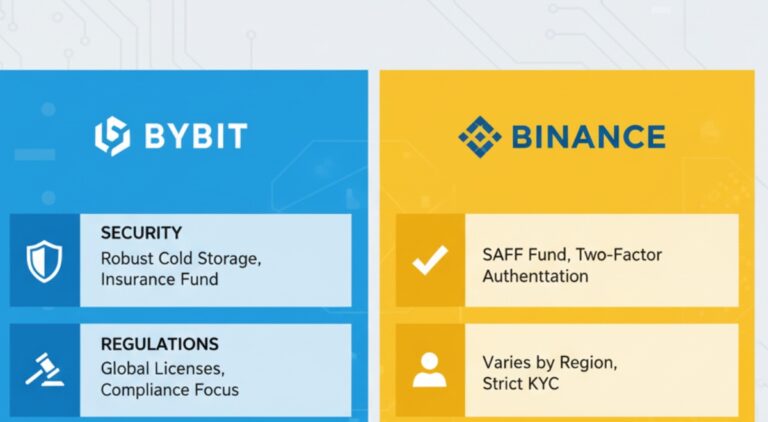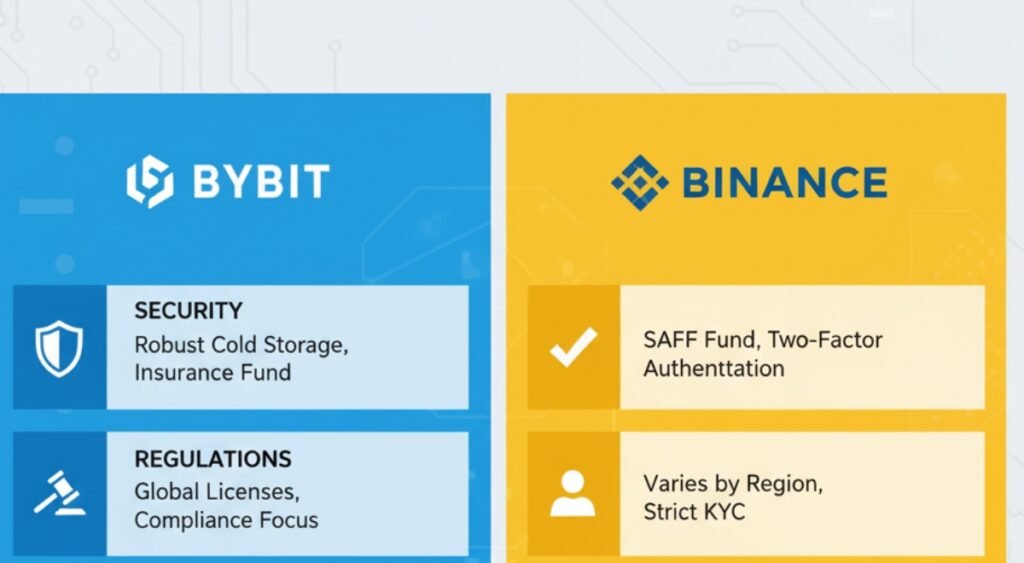Binance NFT has announced it will discontinue staking services for two of the market’s most iconic NFT collections—Bored Ape Yacht Club (BAYC) and Mutant Ape Yacht Club (MAYC)—starting August 1, 2025, in response to upcoming adjustments in the APE staking mechanism.
The platform confirmed that all affected NFTs will be returned to users’ accounts by August 3, 2025, giving holders a brief window to prepare for the change. The decision comes as a reflection of the shifting dynamics in the NFT ecosystem and the increasing need for platforms to adapt to project-level governance and structural updates.
Strategic Exit from BAYC and MAYC Staking
The decision to end staking support for BAYC and MAYC stems from planned modifications to the APE staking infrastructure, which underpins reward systems tied to these NFTs. While Binance did not elaborate on the nature of the APE adjustments, the move highlights a broader industry challenge: how centralized platforms navigate updates in decentralized project frameworks.
Industry analysts note that NFT staking programs often encourage long-term holding by offering yield-like incentives, and changes in these systems can prompt shifts in investor behavior. The immediate financial impact on BAYC and MAYC holders is still unfolding, but observers expect potential fluctuations in liquidity and pricing in the short term.
Investor Sentiment and Market Implications
Though the announcement did not specify the effect on the APE token’s market performance, historical patterns suggest that any shift in staking structure may influence price volatility. The APE token, which functions as the native asset within the BAYC and MAYC ecosystems, has previously shown sensitivity to changes in staking mechanics and governance decisions.
“This could set a precedent for how staking is handled across other high-value NFT projects,” said one industry researcher. “There’s a growing tension between evolving project protocols and the ability of third-party platforms to keep up.”
Navigating a Changing NFT Landscape
The move also underscores the operational complexities NFT marketplaces face as they work to align their services with rapidly evolving Web3 governance. Binance’s decision to withdraw from these specific staking programs signals a strategic recalibration, one that prioritizes platform integrity amid the increasing decentralization of NFT utilities.
Critics and supporters have taken to online forums to debate the implications. Some argue that discontinuing staking could reduce long-term engagement with high-profile NFT collections, while others view it as a necessary evolution in favor of project-specific autonomy and more agile governance models.
Community Reaction and Next Steps
Binance has offered little in terms of guidance or alternative strategies for BAYC and MAYC holders post-staking. This lack of clarity has left many users waiting for follow-up communications or cues from the Yuga Labs ecosystem, which created BAYC and MAYC.
The return of NFTs to user wallets is expected to be automatic, but the decision has prompted renewed discussion about the role of centralized exchanges in decentralized NFT markets, and whether staking should remain platform-driven or migrate toward native solutions.
Looking Ahead: A Test Case for the Industry
As Binance exits the staking scene for two of the most valuable NFT collections, its decision could become a case study for how major platforms handle interoperability, governance shifts, and protocol updates in the NFT sector.
The community is closely watching how other marketplaces respond, especially as staking becomes a more nuanced, project-led feature rather than a broad-based incentive mechanism. With new governance models and tokenomics on the horizon, platforms must strike a balance between flexibility and user trust—an increasingly difficult task in today’s fast-moving digital asset landscape.
















